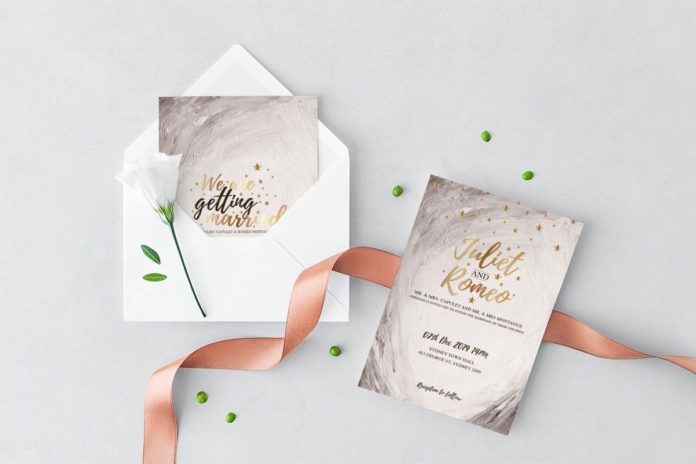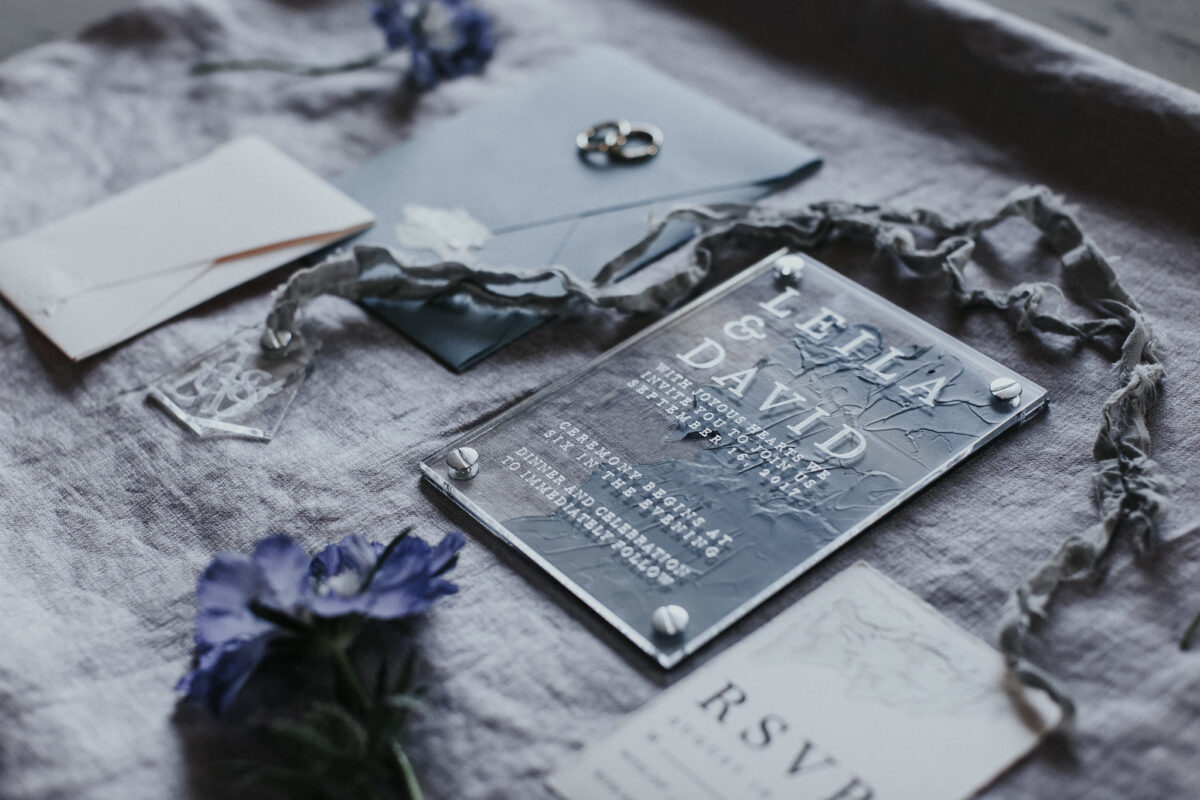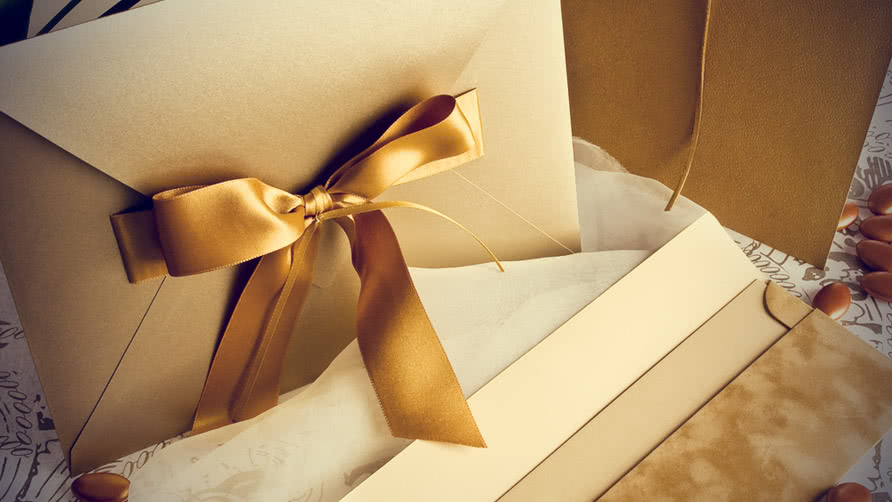
Weddings can be the talk of the town, especially when invitations are sent out. These invitations are a staple of weddings, as it usually provides all the important information. People know when the wedding is, what to wear, the location and more. But how long have the invitations been a part of weddings? There is actually a long history behind this kind of invitations. And this article from BrideAndGroomDirect will delve into the nitty and gritty. Here is a comprehensive look at the history of these invitations.
The Original Invitation
Before the Gutenberg press was invented, wedding invitations were not printed and distributed. It was just way too expensive. To tackle that, there was a town crier available. They would traverse the town yelling about the latest news. That was how marriages were discovered. And if you could hear the wedding announcement, then you were allowed to attend. There were not any RSVPing or plus ones. They would just show up. It was a messy way to prepare for a wedding.
Middle Ages

Wedding invitations could be sent out, but almost no one could read. Therefore, the invitations were somewhat useless as it was unreadable. The invitations would instead look like a nice piece of art to hang on your wall. As a result, usually, only nobles could commission wedding invites. They were the only ones able to read, so they would get the monks, who had mastered the art of calligraphy, to create invitations. The hand-calligraphic invites would then be sent to other nobles.
1600s
With the printing press coming around, printed wedding invites were invented. The town criers became obsolete and lost their jobs as it was easier to send out paper invites. And newspapers made it quicker to announce weddings. This was the creation of newspaper announcements. Along with printed invitations, engraving became popular in the mid-1600s. Engraving is still used today and it was the only method available in the past. Artists and calligraphers would write text in reverse on a metal plate. The plate than would be pushed on the paper with a large amount of force. This would make the “engraving.” Tissue paper would be put on top so that the engraving would not smudge. What would be engraved was usually the guest’s formal name?
1800s

This was the time of the Industrial Revolution. Like many other items, it became easier and cheaper to mass-produce wedding invites. What is interesting is that the invitations could not go by post, so the invites were delivered by horseback. To prevent damage while on horseback, and the outer envelope was developed to protect the invite and inner envelope. These days, having both inner and outer envelopes is considered very formal.
Post-World War Two
Following the end of the second world war, Emily Post started to become famous. Emily Post was an American author. She was known for writing about basic human interactions and etiquette. She believed that every couple should have appropriate etiquette wedding invites. Advice from her included having formal invites be in the third person, that the invitation should be engraved on white note-paper, and that the engraving should be in script, block, shaded block or old English. Invitations should also never say the pleasure of your company. Instead, it should request the “honor” of your presence. Honor is supposed to be spelled with a u.
Thermography also became more popular. It allowed raised type wedding invites, which were like engraving but a lot cheaper. Now people of all economic standings could have inexpensive invitations. It was seen as the “poor man’s engraving,” but it made life easier for the couple.
Today

A lot of people disregard the formalities and traditions of wedding invites. Now, they try to make it as unique as possible. While some rely on the wedding invitation rules, others enjoy thinking outside of the box. But even the more unique ones still has roots in the original traditions.
















